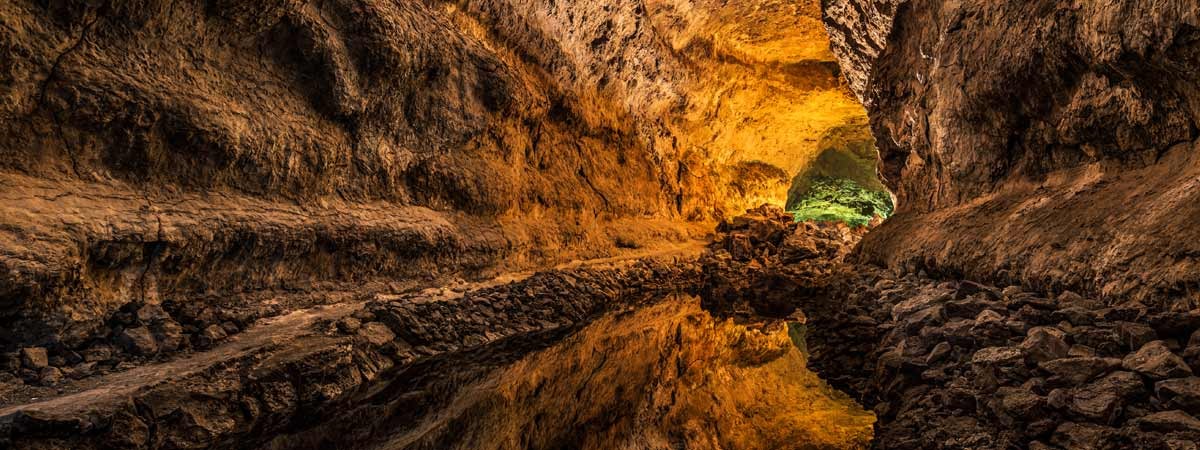The planet is heating up and it is up to us to slow the mercury’s steady climb. Now, innovative new technology allows CO2 to be removed from the atmosphere and stored safely and permanently below the Earth’s surface. Vacuum pumps from Busch are used to send these captured gases to their underground resting place.
Through industry, transportation, and even day-to-day activities, humanity produces colossal amounts of carbon dioxide. This greenhouse gas is released into the atmosphere and remains there, trapping the sun’s heat that would otherwise be reflected back into space. As a result, the annual average surface temperature of the Earth is climbing and is now 1.19 °C higher than it was in the pre-industrial period. It has long been time for action – and direct air capture plants are making a contribution.
Taking emissions back from the atmosphere
Carbon offsetting has been the talk of the last decade, with many airlines giving passengers the option to offset the equivalent emissions from their flights, for example, by planting trees. But in big industry, carbon capture is the buzzword. Large factories and power stations can capture the carbon dioxide they produce directly at the source and process it on site so that it never enters the atmosphere in the first place. However, smaller, movable sources, such as transportation, and all the CO2 that is already in our atmosphere, need a different method. This is where a direct air capture plant plays its part, removing carbon dioxide from the ambient air and processing it to create an unreactive new substance kept safely deep underground.
Carbon crystals
Rather than being located at the source of the CO2, a direct air capture plant filters carbon dioxide from the ambient air. A fan draws air into the collector and through a filter that catches the carbon dioxide. Once the filter material is saturated, the collector is closed, and the temperature increased to 100 °C. The CO2 molecules are then extracted from the collector using a Busch vacuum pump. From here, the separated CO2 is mixed with water – a process creating carbonated water, effectively the same as the sparkling water sold at the supermarket. This fizzy liquid is pumped down far below the earth’s surface. Although fizz is not the end goal, the carbon creates a slightly acidic mixture that can dissolve the many minerals found in basalt bedrock. When the carbonated water comes into contact with them, ions of these different metals are released from the basalt and into the water. Over time, they react with and bind to the carbon dioxide, mineralizing it and creating a solid – essentially becoming part of the rock itself. After two years, over 90% of the mixture will have completed this process. This ensures a safe and permanent resting place for the carbon dioxide, making sure it doesn’t return to the atmosphere.

Turning CO2 into Solid Rock
Vacuum helps create a permanent carbon capture solution
Saving the planet with trees
Plant a tree, save the planet: It is probably the most common and well-known method of offsetting CO2 emissions, and it is one that requires no technical expertise or special equipment (other than a shovel). But how effective is it really? On the surface, extremely. Tree leaves absorb carbon dioxide from the atmosphere. The tree stores this carbon within its leaves, trunk, and roots, and releases oxygen back into the air. However, when cut down, trees expel a lot of their stored carbon back into the atmosphere. In fact, deforestation accounts for almost 10% of our planet’s annual CO2 emissions. The trick, therefore, is less about planting new trees, but keeping the Earth’s existing trees alive – and reforesting previously wooded areas. Reusing these spaces returns them over time to their natural state and preserves the other ecosystems that exist in typically non-forested areas. Once mature, these trees will replace their predecessors as effective, natural carbon sinks that will play their part in slowing climate change.
Plant a tree, save the planet: It is probably the most common and well-known method of offsetting CO2 emissions, and it is one that requires no technical expertise or special equipment (other than a shovel). But how effective is it really? On the surface, extremely. Tree leaves absorb carbon dioxide from the atmosphere. The tree stores this carbon within its leaves, trunk, and roots, and releases oxygen back into the air. However, when cut down, trees expel a lot of their stored carbon back into the atmosphere. In fact, deforestation accounts for almost 10% of our planet’s annual CO2 emissions. The trick, therefore, is less about planting new trees, but keeping the Earth’s existing trees alive – and reforesting previously wooded areas. Reusing these spaces returns them over time to their natural state and preserves the other ecosystems that exist in typically non-forested areas. Once mature, these trees will replace their predecessors as effective, natural carbon sinks that will play their part in slowing climate change.